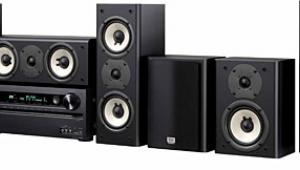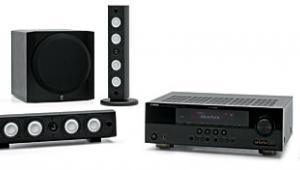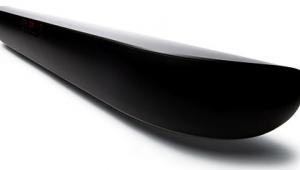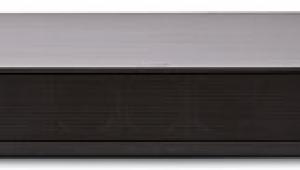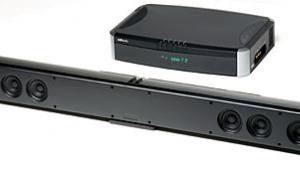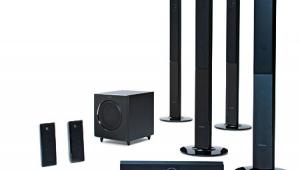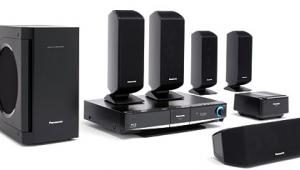Dreaming the Not-Impossible Dream
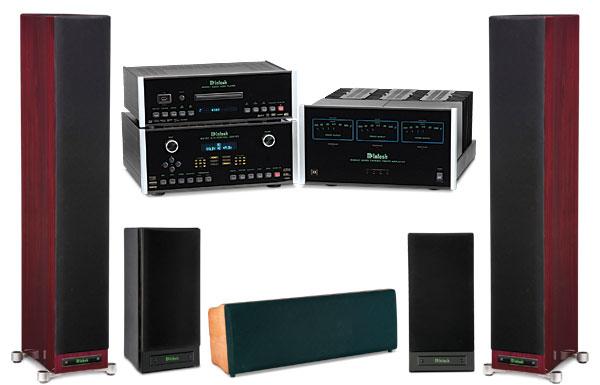
It’s little different in the automobile-enthusiast magazines filled with pages of Ferraris, Maseratis, and Lamborghinis, except that somehow the un-affordables seem to generate greater reader resentment among A/V enthusiasts than among gearheads. I don’t know why, but the letters sections of both generally make that case.
Whether you can afford this $34,000 dream system, or even one of its individual components, isn’t the point. These all-new, entry-level models from Binghamton, New York–based McIntosh represent, by far, the lowest price ever for a full surround system from one of the most storied and respected brands in audiophile history. If we could’ve resisted the chance to bring them all together and report on the experience, we wouldn’t be Home Theater. Please enjoy the read, if just for the good dream. Sometimes dreams do come true, and they have to start somewhere.
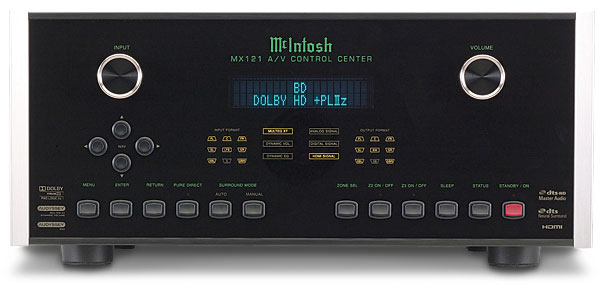
Binghamton, New York–based McIntosh represent, by far, the lowest price ever for a full surround system from one of the most storied and respected brands in audiophile history. If we could’ve resisted the chance to bring them all together and report on the experience, we wouldn’t be Home Theater. Please enjoy the read, if just for the good dream. Sometimes dreams do come true, and they have to start somewhere.
Dream Components
The new McIntosh system consists of the MX121 preamp-processor ($6,000), the MC8207 seven-channel amplifier ($6,000), the MVP891 audio/video player ($5,500), a pair of floorstanding, XR100 loudspeakers ($10,000/pair), the LCR80 LCR speaker used here as a center channel ($2,500), and a pair of XR50 monitors ($4,000/pair) used here as surrounds.
McIntosh does not manufacture a subwoofer, so we’ve added a modestly priced, but high-performance, Adam Audio SW260 Mk3 subwoofer ($1,299) to fill in the blank without overly influencing the system’s overall performance.
While this package, with its attractively finished, modestly sized loudspeakers, has been designed to be living room friendly, it can just as easily be installed in a dedicated home theater space.
MX121 7.1-Channel Preamp Processor
Without naming names, more than a few specialty audio companies’ attempts to develop multichannel surround-sound processors nearly put them out of business. Costs of development are high for this category, and by the time a product is brought to market in this fast-changing world, it can be close to, if not already, obsolete.
For the same reason, consumers, too, have to be cautious when investing in pricey preamp processors. Many an expensive state-of-the-art processor ends up on eBay or Audiogon at boat-anchor prices because they lack today’s now taken-for-granted functionality like HDMI and the high-resolution audio formats HDMI supports.
McIntosh has managed with the $6,000 MX121 to halve the price of its $12,000 MX150 flagship processor, putting it at a still expensive, but more manageable, price point.
How? Removing the MX121 from the box and seeing the remote control provided a clue: It’s essentially the same one Marantz uses for its AV 7005 preamp processor. But both visually and in build quality, the MX121 is every bit a McIntosh.
Both brands, as well as Denon and Boston Acoustics, are now part of D&M Holdings, a forward-thinking Japanese corporation that has managed to increase efficiencies within and among these brands without destroying or damaging their strong core identities.

(D&M’s new CEO, Jim Caudill, is a former Stanley Black & Decker executive, so when I met him at last winter’s International Consumer Electronics Show, I made sure to let him know that, in my opinion, Black & Decker made the best-sounding drills!)
Clearly, D&M understands that what the company has purchased are not just brands to be exploited for short-term gain, but rather companies with strong heritages and worldwide followings. As independent entities within the organization, they can thrive and grow while at the same time take advantage of D&M’s management and purchasing efficiencies.
In addition to the remote control, McIntosh was able to make use of the video-control and processing board Marantz developed for its AV7005 preamp processor, as well as the onscreen GUI. In fact, much of the MX121’s brains were sourced from Marantz and adopted with minor modifications. But despite the borrowed resources, in no way is the MX121 a repackaged AV7005.



